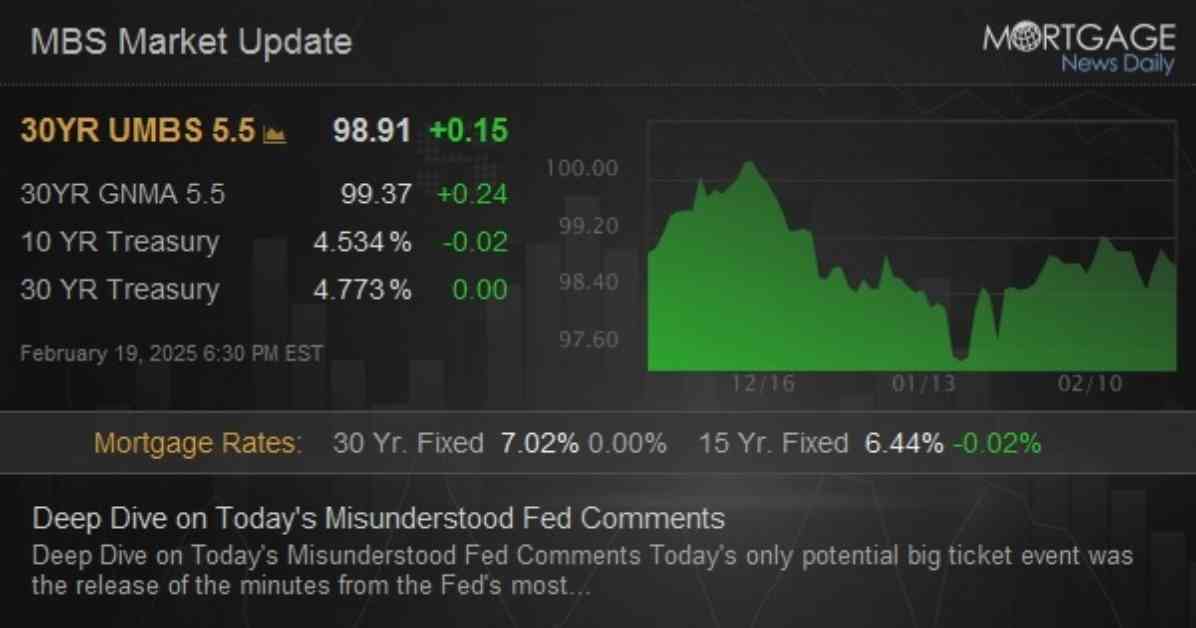As the sun set on another day in the financial markets, all eyes were on the release of the minutes from the Federal Reserve’s most recent meeting. While this event may not have been expected to cause much of a stir, a particular detail captured the attention of traders and analysts alike. The discussions hinted at the possibility of the Fed pausing its balance sheet run-off, a move that could potentially create net buying demand in bonds. The rationale behind this temporary decision would be to maintain a sufficient balance sheet cushion to navigate the volatility linked to Treasury’s account balance in anticipation of the upcoming debt ceiling standoff.
Expert Analysis on Market Reactions
The response to this revelation was swift, albeit nuanced. Some traders saw this development as a short-term opportunity and adjusted their strategies accordingly by increasing their bond purchases. The reaction to the Fed minutes was initially muted, but as the implications of the potential pause in the balance sheet run-off became clearer, there was a noticeable uptick in buying activity. This shift in sentiment led to Mortgage-Backed Securities (MBS) gaining 6 ticks (.19) and the 10-year Treasury yield decreasing by 2.2 basis points to 4.53.
Insights from Economic Indicators
In addition to the Fed minutes, other economic indicators played a role in shaping the day’s market dynamics. The New York Federal Reserve’s Manufacturing Index exceeded expectations, coming in at 5.7 compared to a forecast of -1.0 and a previous reading of -12.6. This positive data point provided a counterbalance to the mixed sentiment stemming from the Fed’s deliberations. On the housing front, the National Association of Home Builders (NAHB) Housing Market Index fell slightly short of forecasts, registering at 42 versus an expected 47 and a previous reading of 47. While this data point did not have a significant impact on the market, it added to the broader narrative of the day’s economic landscape.
Navigating Uncertainty in the Markets
The interplay between economic indicators, central bank decisions, and market reactions underscores the complex nature of financial markets. Traders and analysts alike must navigate a landscape filled with uncertainties, where a single comment or data point can send ripples through the market. As we reflect on today’s events, it becomes clear that staying informed and adaptable is key to thriving in this dynamic environment. The ability to interpret nuanced signals and react strategically is what sets successful market participants apart from the rest.
In conclusion, the day’s market activity was characterized by a subtle yet significant shift in response to the Fed’s latest comments. The potential pause in the balance sheet run-off introduced a new variable into the equation, prompting traders to reassess their positions and strategies. As we look ahead to future developments, it is essential to remain vigilant and responsive to the ever-changing dynamics of the financial markets. By staying informed, adaptable, and proactive, market participants can position themselves for success in the face of uncertainty and volatility.














